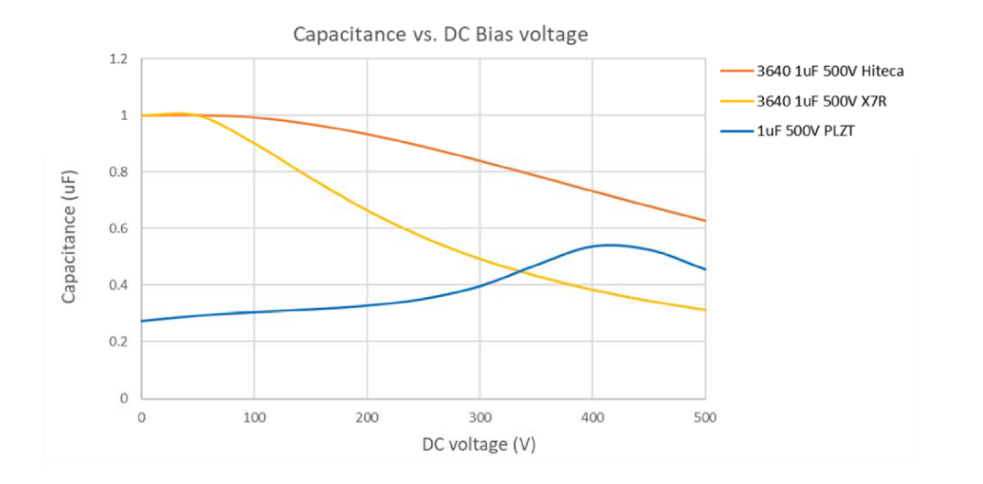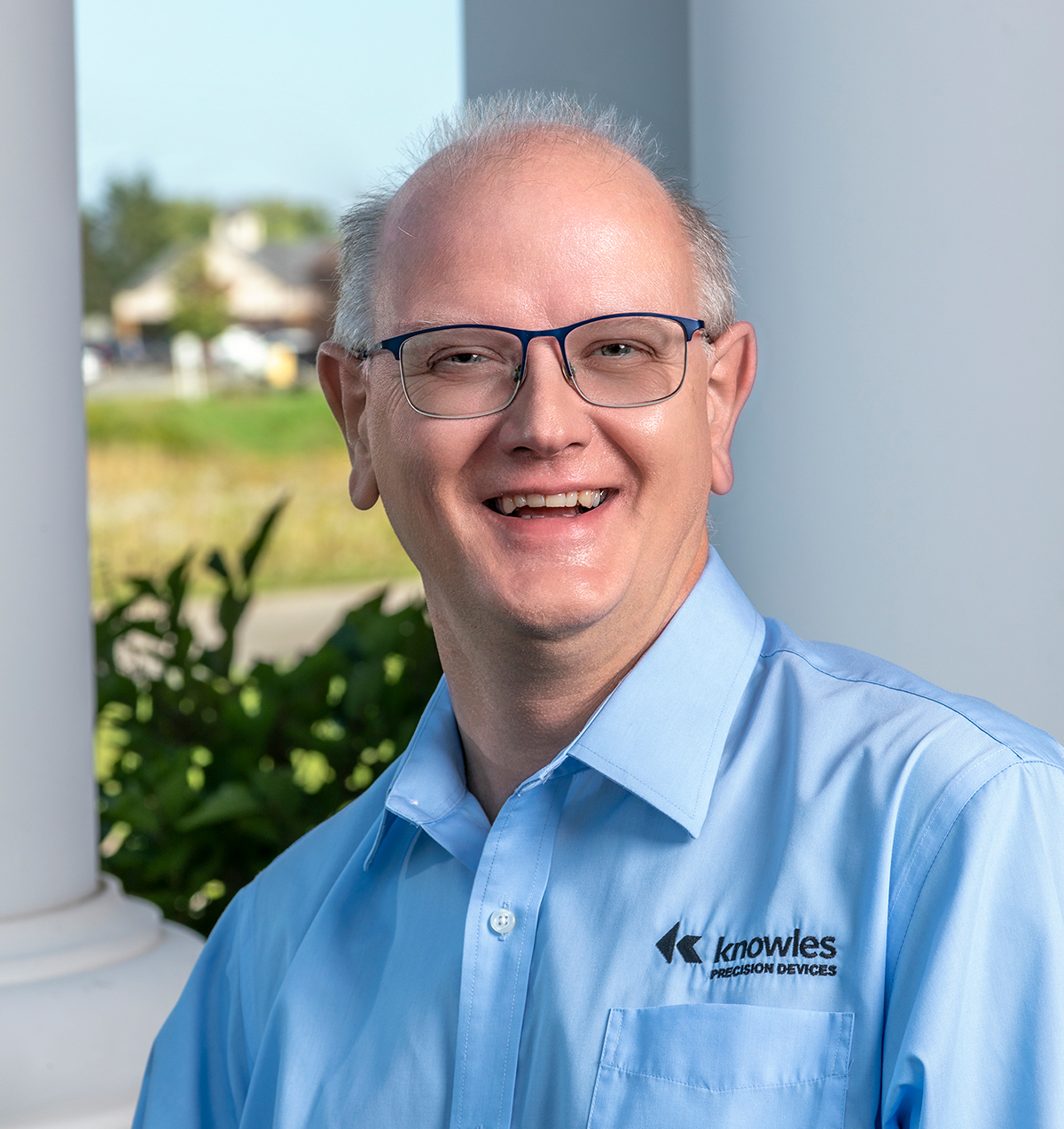When an engineer designs a circuit, he or she needs to ensure that each component will “do what it says on the box.” In multi-layer ceramic capacitor (MLCC) design, one area that often concerns engineers is the fact that capacitance can fluctuate with voltage, which is known as “DC bias” or “voltage coefficient.”
Voltage fluctuation is known to occur in ferroelectric materials like barium titanate, which is used in most X5R and X7R capacitors. However, the amount of loss experienced can widely vary depending on the dielectric material and the type of voltage, DC or AC, used. This is problematic if not considered when designing a capacitor because the capacitor can lose more than 70 percent of its rated capacitance with applied voltage depending on the combination of material and voltage used.
In general, this phenomenon is viewed as a negative implication of working with dielectric materials. However, not all MLCC materials are created equal, meaning different materials behave in different ways. Thus, it is important to consider all the parts of the environment in which a capacitor will be used in to understand which type of material could best suit an application.
Comparing Ceramic Capacitor Materials
The materials science behind MLCCs has come a long way recently. Two materials now in use beyond the typical barium titanate include PLZT, which is a lead lanthanum zirconate titanate ceramic, and SBFT, which is a strontium bismuth ferrum titanate ceramic from Knowles Precision Devices branded under the name Hiteca. Unlike Class II ferroelectric materials, PLZT is an antiferroelectric formulation where the dielectric constant is reduced at low DC biases but peaks in value at the operating voltage rating.
On the other hand, Hiteca is a low loss, semi-stable Class II dielectric that features high capacitance at the maximum operating voltage, improved capacitance stability, low equivalent series resistance (ESR) and equivalent series inductance (ESL), and 0 percent aging rate with no loss of capacitance over time. SBFT capacitors are made with 100pF to 2.2 μF capacitance range, 450 to 1000 VDC voltage ratings, and -55 to +125°F operating temperature.
To compare these three materials, we used a standard capacitance bridge to measure capacitance value at different DC bias levels up to the rated voltage (Figure 1).
 Figure 1. Capacitance versus DC bias voltage, measured at 1kHz using a capacitance bridge
Figure 1. Capacitance versus DC bias voltage, measured at 1kHz using a capacitance bridge
As the bias voltage increased, the capacitance of X7R and Hiteca capacitors decreased because of their negative voltage coefficient of capacitance. However, Hiteca capacitance values lessened more gradually than the X7R’s capacitance. In contrast, PLZT capacitors have a positive voltage coefficient, such that the capacitance increased to a maximum value at 400V (just below the rated voltage) and then decreased slightly when approaching the rated voltage.
As seen by their slopes, X7R had the greatest amount of capacitance change over the DC bias voltage range, with a 73 percent difference from its maximum value. In comparison, PLZT displayed a 49 percent change of maximum value and Hiteca showed a 31 percent change of maximum value.
Today, the need for enhanced performance in transportation, energy production, and other power applications will pave the way for increased usage of new dielectrics with less variation in voltage. Given these side-by-side test results, Hiteca is the next viable step in capacitor technology because of its higher capacitance over DC bias voltages, lower temperature rise over AC currents, and long-term reliability with 0% aging rate.
Learn more about addressing voltage change in your application with Hiteca capacitors.


